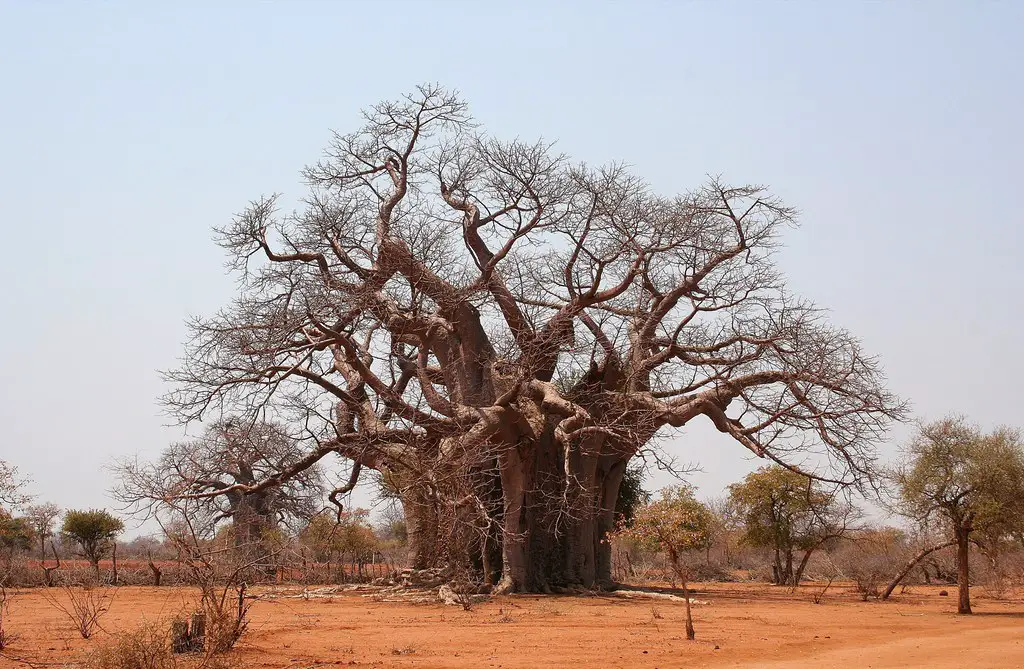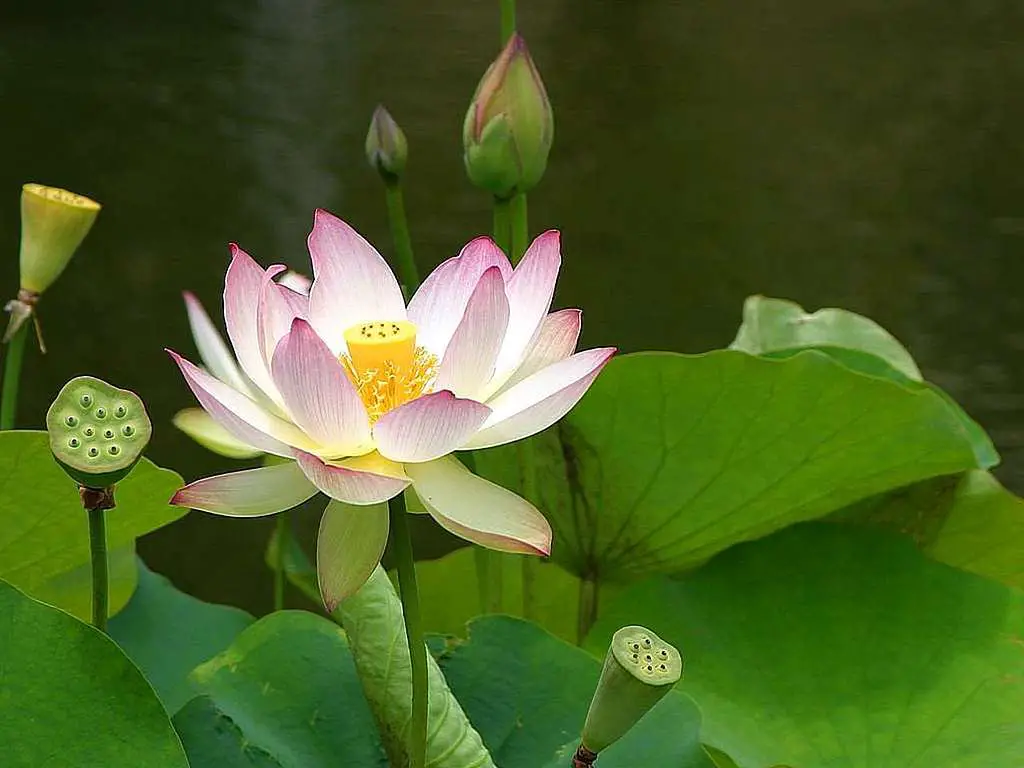For centuries, plants have played a sacred role in spiritual and cultural traditions across the world. Whether used in rituals, medicine, or daily life, these plants hold deep meanings that connect people to their heritage, ancestors, and the natural world. While some of these plants remain widely recognized, others have faded into history despite their profound significance. Here are five plants that continue to carry spiritual and cultural importance in diverse traditions.
1. Sage – The Sacred Purifier

Sage has been used for centuries by Indigenous cultures across North America in cleansing and purification rituals. White sage, in particular, is burned in smudging ceremonies to clear negative energy from spaces, objects, and people. The smoke is believed to carry prayers to the heavens, creating a sacred and protected environment for spiritual work.
Beyond Indigenous traditions, sage has also been used in European folk medicine and African spiritual practices for protection and healing. In some cultures, dried sage is placed under pillows to ward off bad dreams or burned during important life transitions. While its popularity has grown in mainstream wellness circles, it’s essential to honor the sacred traditions from which these practices originate.
2. Baobab – The Tree of Life

Revered as the “Tree of Life,” the baobab holds deep spiritual significance in African cultures, particularly in West and Southern Africa. It is considered a sacred tree, symbolizing wisdom, strength, and resilience. Many African communities believe that ancestral spirits reside within the tree, making it a site for prayer, offerings, and communal gatherings.
In addition to its spiritual meaning, the baobab provides essential resources for survival, from its vitamin-rich fruit to its water-storing trunk. The tree’s longevity—it can live for thousands of years—reinforces its role as a connection between past, present, and future generations. Today, baobab remains a powerful symbol of African heritage, even as deforestation threatens its survival.
3. Lotus – The Symbol of Enlightenment

The lotus flower holds deep spiritual meaning in Asian religions, particularly in Buddhism and Hinduism. Its ability to emerge from muddy waters and bloom in pristine beauty represents spiritual awakening, purity, and resilience. In Buddhist teachings, the lotus is often associated with enlightenment, as it signifies rising above suffering to reach a higher state of being.
Hindu deities, including Vishnu and Lakshmi, are frequently depicted sitting or standing on lotus flowers, further emphasizing its divine connection. In traditional Chinese medicine, different parts of the lotus are used for healing, from calming the mind to improving digestion. Whether found in temple ponds or meditation practices, the lotus continues to be a symbol of spiritual growth and inner peace.
4. Corn – The Sacred Sustainer

Corn, or maize, is a sacred plant in many Indigenous cultures throughout the Americas, symbolizing sustenance, life, and the interconnectedness of all living beings. The Maya, Aztec, and many Native American tribes view corn as a divine gift, often referring to themselves as “people of the corn” in their creation stories. Traditional ceremonies, such as the Green Corn Festival among the Cherokee, celebrate the harvest and the renewal of life.
Beyond its spiritual meaning, corn plays a central role in Indigenous cuisine and agricultural practices. Heirloom varieties have been passed down for generations, preserving both cultural identity and biodiversity. However, industrial farming and genetic modification have threatened traditional maize, making efforts to protect native seeds more crucial than ever.
5. Palo Santo – The Holy Wood

Palo santo, meaning “holy wood” in Spanish, has been used for centuries by Indigenous communities in South America for spiritual purification and healing. Shamans and healers in Andean and Amazonian cultures burn the wood to cleanse energy, enhance meditation, and invite positive spirits. The sweet, earthy aroma is believed to promote relaxation and spiritual clarity, making it a key part of ceremonies and rituals.
Unlike other incense or sacred plants, palo santo is only harvested from fallen branches and naturally dead trees, reinforcing its sacred status. However, rising global demand has led to overharvesting, putting its natural populations at risk. To honor its cultural roots, it’s important to source palo santo responsibly and respect the traditions that have preserved its spiritual significance for generations.
